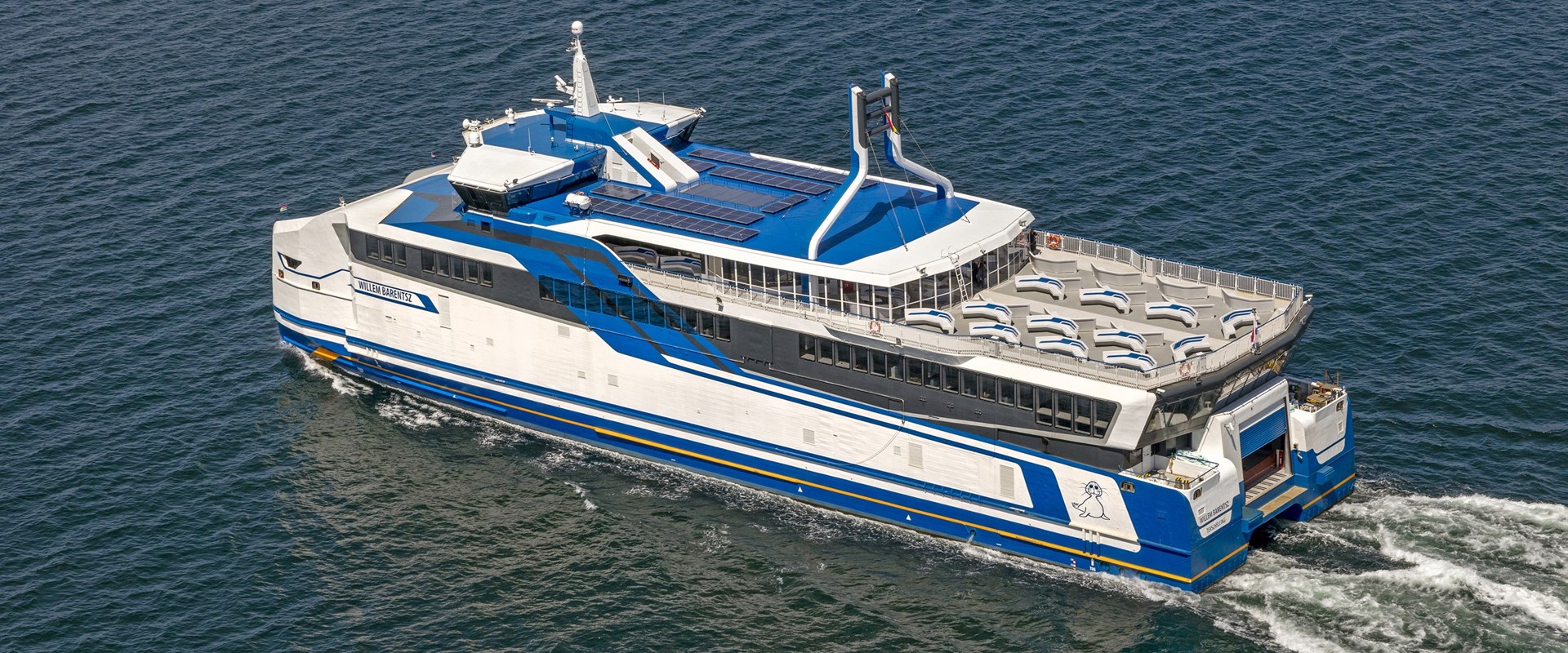
Ferry design : Back to fundamentals
When progress in technologies provides only a marginal gain in reducing operating costs and environmental footprint, should the traditional ferry paradigm be challenged once more?
29 June 2021
Ferry designs are without a doubt more efficient now than they were 50 years ago. They typically consume less fuel for the same payload and produce less GHG. This has been achieved through the adoption of a variety of new technologies (alternative fuel, SCR systems, etc.), and improved design optimisation techniques with, in particular, the adoption of computational fluid dynamics (CFD) enabled by affordable computing power.
Despite this increased focus on vessel efficiency, it is often the case that careful review of what constitutes the very basis of a design - the hull form type and construction material - is overlooked. Such fundamental choices have the potential for far greater impact on a ferry propulsion power demand than any other technology or optimisation process
When looking at construction material, the typical monohull ferry is built out of steel. This is driven by lower construction cost and perceived robustness inherent to this material. The main disadvantage is a high structural weight together with comparatively high maintenance requirements. The most common alternative is aluminium, and although the material of choice for high-speed ferry, it is seldom used in other segments of the ferry market for hull construction.
The main advantage of aluminium is a significantly reduced structural weight allowing for reduced propulsion power requirements. However, the weight reduction compared to a steel construction should be considered in the context of the robustness requirement that will vary depending on the intended operation and environmental condition. Aluminium also comes with its own constraints, such as added structural fire protection. The main issue associated with the adoption of aluminium construction, however, does not lie in its mechanical properties but in the regulatory framework bias for steel construction. With limited exception, national and international regulations assume that the construction material is steel. This results in additional weight and cost to meet specific aspects of the rules when designing aluminium vessels. This somewhat negates the initial intent of improving vessel efficiency through reduced vessel displacement. Return on investment for the operators is also delayed through increased and capital costs, and fuel consumption.
We have delivered many full aluminium ferries, from slow to high-speed, with great outcomes for the operators, but it certainly takes some effort to go through the approval process and limit the impact of the steel bias. Things are starting to change and discussions have started in the ferry community to push for a “Light Craft Code” with IMO. This is a first stepping-stone that will hopefully lead to increased use of this construction material in the ferry market and contribute to significant improvements in vessel efficiency and emission reduction.
In the same way that steel is the most common vessel construction material, the monohull is the predominant hull form for slow and medium speed ferries. When looking at the fast ferry market, however, the opposite trend can be observed with most vessels being catamarans.
Typically, the main driver for considering a catamaran hull form is the significant reduction in power requirement when compared to a monohull. This is due to the higher hull slenderness that can be achieved by spreading the vessel weight over two hulls. The increased hull slenderness considerably reduces the wave making part of the vessel resistance, with an increased benefit as the vessel speed increases.
There are other benefits to a catamaran hull form such as reduced manoeuvring power requirements. This is due to the natural propulsor separation and a potential for lower windage area compared to an equivalent monohull. The wider beam also allows for an arrangement and layouts typically only seen on larger vessels, for both passenger and Ro-Ro areas. The catamaran hull form has some constraints of its own when compared to a monohull, namely: the port infrastructure may not be suited to the larger beam of the vessel; different seakeeping characteristics compared to a monohull that makes operators more reluctant to consider this solution, and finally some limitations when considering very high payload applications.
Despite these constraints, a number of high profile slow and medium speed catamaran ferry designs have recently entered service. These include ROPAX designs, such as the 85m ‘Alfred’ operated by Pentland Ferries, the 125m dual fuel LNG vessel operated by Baleria, and 275m pure LNG sistership ferries operated by Doeksen.
As with any aspect of vessel design the ability to deliver the service reliably and economically must remain at the forefront of any design process. These innovative vessels have, however, demonstrated that taking a step back from the norm can significantly enhance a ferry design and its operation.
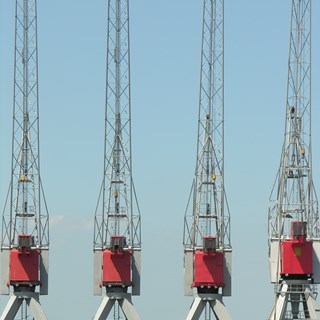
N/A
We address certain key topics that have been brought to our attention by our valued clients during their assessment of inspection reports.
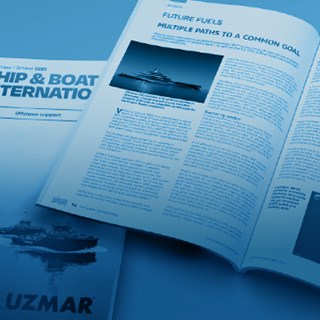
James Calver
Our Naval Architects speak to RINA Ship and Boat International about how we can assist our clients early on with Future Fuels for their next vessel design.
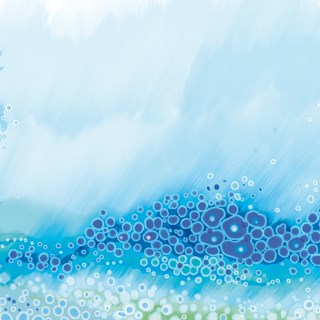
N/A
Major Projects Lead and Senior Principal Consultant, Greg Fisk, discusses the growing need for sector-specific guidance for marinas and boat yards, in-light of increasing regulation to decarbonise industries.
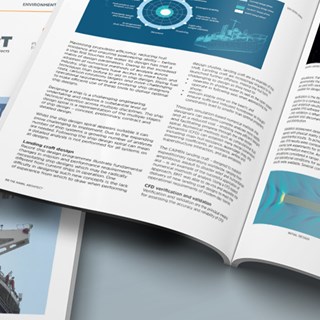
Johnathan Green
Through simulation-based numerical methods ship designers can perform complex analyses more rapidly and at a reduced cost. Johnathan Green explains how the successful application of numerical modelling has helped to de-risk and expedite delivery of new BMT landing craft designs.